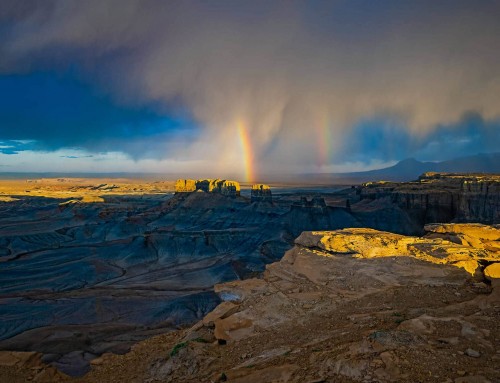Nature and Wildlife filmmakers are always looking for ways to get closer to their subject when shooting wildlife video.
Even the Panasonic AG-HPX250 with it’s incredible 22X zoom lens, you sometimes wish you had a bit more reach.
Digital zoom has traditionally been a feature used by camera manufactures to sell cameras to the general public. Claims of 440X zooms sell cameras when in actuality a 440X digital zoom is so bad, you can’t even distinguish between a human and a tree in most cases.
So when I started hearing whispers that Panasonic’s HPX250’s digital zoom might be usable at 2X I thought I’d take a look at it with some real world shooting and see how it really stacks up.
When purchasing a digital video camera, the primary concern among consumers seems to center on its resolution. While this is an important aspect of capturing quality footage, selecting a camera with the ideal zoom feature is equally important. Unfortunately, consumers commonly overlook this aspect of digital video recording and have been left with substandard results because of it. Optical and digital zoom can have quite an effect on the video’s quality, so it’s important for consumers to understand this feature prior to making a purchase.
Optical zoom is the more traditional option. It uses the camera’s lenses to focus on an object the same way that telescopes and binoculars do. By focusing the lenses together in a specific way, images that are a considerable distance away appear just as crisp as a nearby object. The ability of each lens to work together has been enhanced by the electronic capabilities of digital camcorders, facilitating crisper images than possible before.
Digital zoom does not actually zoom in the technical sense. Rather, it more accurately resembles light-weight photo editing software programmed right into the camera. When a filmmaker magnifies an object with digital zoom, it actually crops the outer portions of the image and then expands the size of the existing image. In doing so, each pixel swells, diminishing the overall quality. Digital zoom on video cameras will typically try to determine how each pixel should appear at a higher resolution, thereby reducing the quality loss.
If greater importance is placed on the quality of an image, or if a filmmaker must capture objects at greater distances, optical zoom is the ideal choice. This feature will always produce the best footage.
Want to see what the optical zoom on the 250 can do?
Check out this video on the Panasonic HPX250 optical zoom.and see why I am so excited about this camera as should all wildlife filmmakers.
And as always, shoot the ordinary and make it extraordinary!









Thanks very much for the post – I’ll admit we’ve had rather mixed results with the digital zoom on the HPX250… To date when we’ve tried test shots with the 22x zoomed all the way in and with just the 2x digital zoom on the image is pixely enough that we’ve decided to steer clear of digital zoom…What are missing perhaps? Any particular scene settings or F-stops or other controls we might be aware of to get better results?
You deserve to be an award-winnig prof. Thanks kevin.